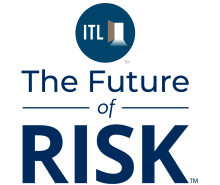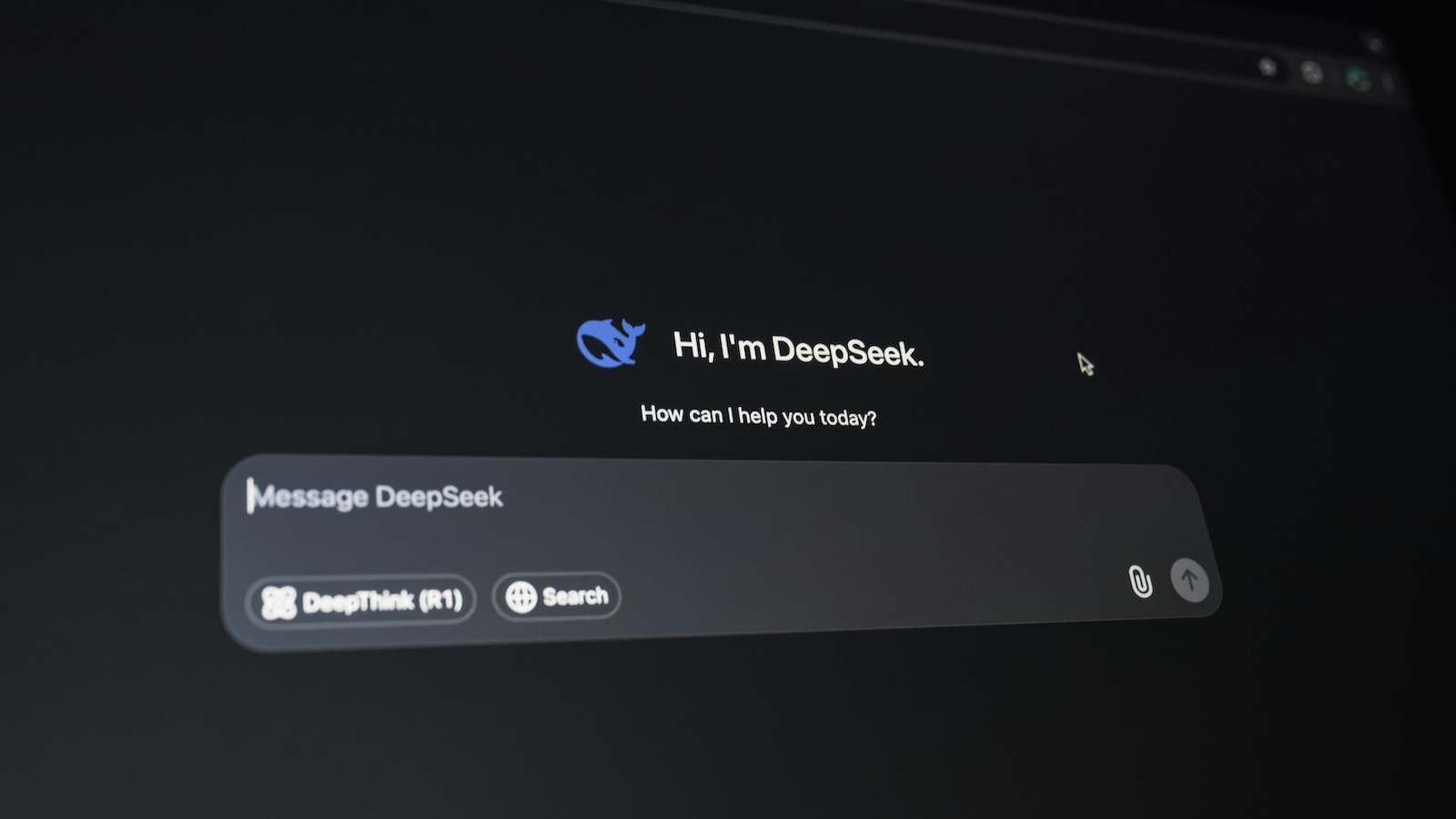Insurance customers everywhere, across all lines of business, are clamoring for change. They want more simplicity, transparency and usability and lower rates. In response, regulatory solutions are being proposed in state capitals, and legislative solutions are being discussed and even hotly debated in Washington, D.C.
Meanwhile, Nvidia's annual GTC conference recently wrapped in San Jose, Calif. What started as a niche gathering of hard-core gaming enthusiasts (GTC stands for GPU Technology Conference, and GPU stands for graphics processing unit) has morphed into "The Super Bowl of AI," with a sold-out crowd of over 25,000 people attending in person and thousands more online.
What sets GTC apart from other tech conferences, and why I'm writing about it, is the growing number of non-IT participants. As AI is making English the programming language of the future, the business domain is becoming the language of AI.
This year, we learned that Nvidia's new Blackwell GPU chip is about 40x faster on half the power consumption than their existing Hopper GPU. Nvidia's next-generation GPU releases, Rubin in 2026 and Feynman in 2027, will at least be 40x faster on half the power than their predecessors. Over 90% of AI workloads run on Nvidia GPUs, and that won't change anytime soon.
We learned Nvidia is releasing an open-source operating system, called Dynamo, to orchestrate enterprise-scale GPU workloads. They also announced radical advancements in silicon photonics to accelerate switching in large-scale AI data centers. Add it all up, and Nvidia is moving beyond building AI chips to building "AI factories."
This means the latest language models with a trillion parameters will soon be outpaced by even more powerful systems, with tens of trillions of parameters on the same power consumption at a constant price.
New AI systems won't just be faster, they'll be ever smarter, more adaptable, and capable of handling complex tasks with high precision at massive volumes. This is where insurance comes in.
Imagine a world where the 2,000-odd insurers in the U.S. no longer need their own underwriting, policy administration, or claims processing units. Instead, AI-powered "super processors" handle the heavy lifting, leaving insurers to focus on marketing, finance and investment strategies. Think Visa and Mastercard. Banks once managed their own card networks, but now they outsource everything to these super-processors maintaining only affinity commercial relationships.
On the upside, insurance customers would win with lower premiums thanks to scale efficiencies and reduced overhead. Super-processors would wield unprecedented purchasing power with vendors such as auto body shops and home repair companies, further reducing costs. Litigation would logically be a fraction of what it is today with better information on all sides of a claim, harvesting and processing telematics data at machine speed in real time. Customer satisfaction would improve, perhaps dramatically. Carriers would win with variable, consumption-based pricing.
On the downside, thousands of insurance-processing jobs would disappear. But is that a problem or a solution? We know older insurance workers are retiring in numbers; we also know younger people with choices aren't flocking to the insurance industry. Attracting one talented human to run a digital workforce of 20 bots might be easier than attracting 20 humans to do mundane, bot-like work.
Might the critical path to optimal simplicity, transparency, usability, and lower premiums in insurance be digital black-box agents hosted in insanely complex, massively expensive AI data centers? And might this paradoxical solution be closer than we think?








